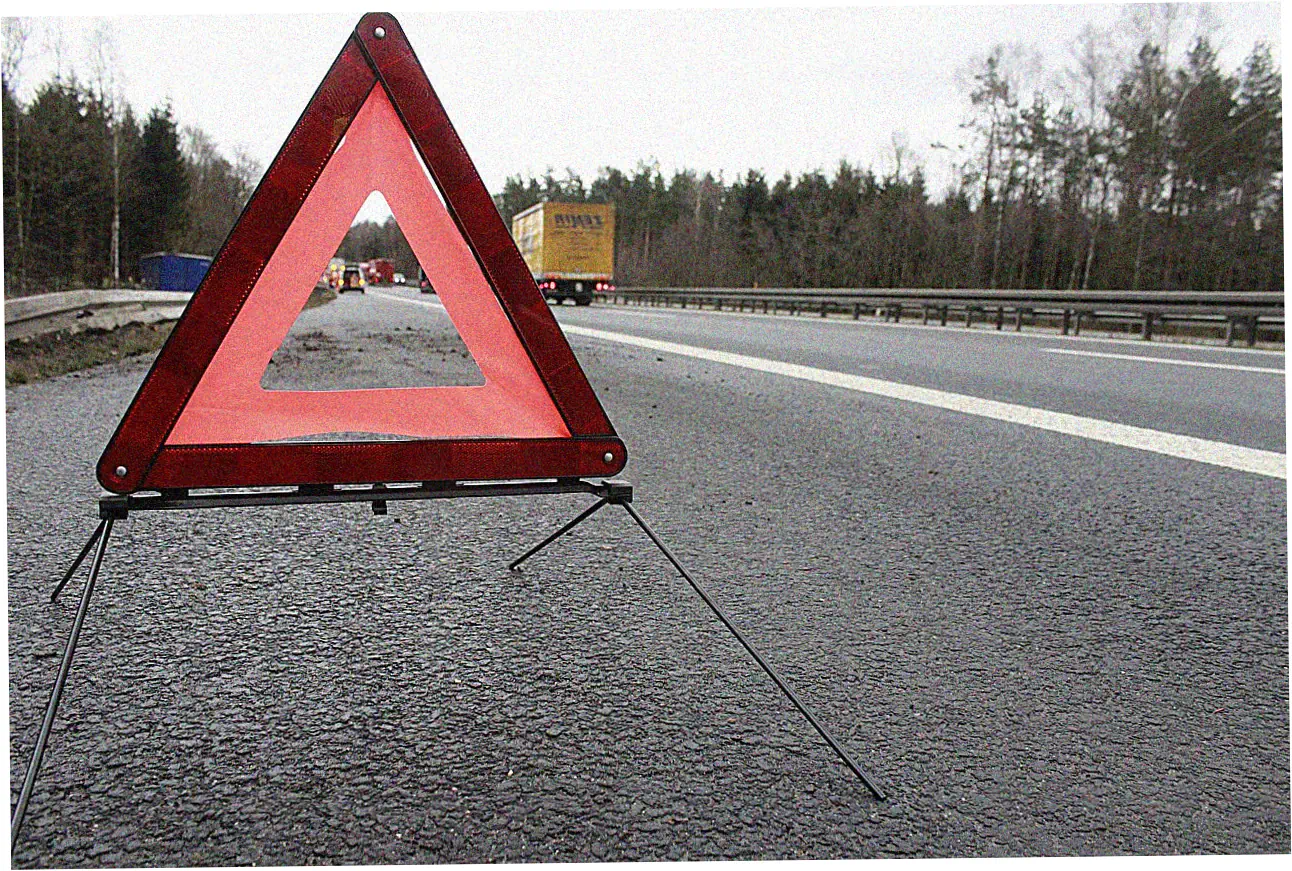When you apply for the Amazon Prime Visa Card, people often wonder about the minimum credit limit they’ll get. The Amazon Prime Visa from Chase usually gives you higher starting limits than store cards like Pep Boys. That’s because of its rewards program and what it requires. Chase doesn’t officially say what the minimum is, but looking at what people report online, most approved applicants get starting limits between $500 and $2,000. Your starting credit limit really matters – it affects how much you can buy on Amazon and your credit utilization, which is super important for your credit score.
Table of Content
- What Determines Your Amazon Prime Visa Starting Limit?
- Maximizing Your Chances for a Higher Credit Limit
- Understanding and Managing Your Initial Credit Line
- Requesting a Credit Limit Increase
- Amazon Prime Visa Rewards and Credit Limit Synergy
- Avoiding Common Pitfalls and Managing Risks
- Frequently Asked Questions (FAQ)
What decides your Amazon Prime Visa starting limit?
Here are the key things Chase looks at when approving your card
Chase Bank checks out your finances to see if you’re creditworthy and decide your limit. Your credit score really matters – if it’s over 700, you’ll likely get a higher Amazon Prime Visa minimum credit limit.
They also look closely at how much you make, what you owe, and how long you’ve had credit. When you have less debt compared to your income, Chase sees you can handle new credit well.
If you already bank with Chase, that might help your chances for a better Amazon Prime Visa minimum credit limit. They look at everything, not just one number.
Your credit history tells Chase a lot about how you handle money. They want to see you pay bills on time and don’t max out your other cards – try to keep balances under 30% of your limits.
Having different types of credit – like loans and credit cards – looks good to them. But late payments, collections, or too many credit applications can mean a lower Amazon Prime Visa minimum credit limit or getting turned down.
A recent government report shows lenders care most about your payment history and how much credit you’re using.

How the Amazon Prime Visa stacks up against other store cards
The Amazon Prime Visa works differently from store cards like Pep Boys that you can only use at one place. Store cards often start with really low limits – sometimes just $200 to $500 – because the issuer wants to play it safe.
But your Amazon Prime Visa works anywhere that takes Visa, so the bank takes more risk and usually sets a higher Amazon Prime Visa minimum credit limit. That’s why they’re pickier about who they approve for this card.

Want a higher Amazon Prime Visa credit limit? Here’s how to boost your chances.
First, let’s talk about what you can do before applying.
To get the best Amazon Prime Visa minimum credit limit, you’ll want to improve your finances ahead of time. Start by grabbing your free credit reports from AnnualCreditReport.com. Check for mistakes that might be hurting your score and dispute them.
Next, work on paying off your current credit card balances. This lowers your credit utilization, which lenders really like to see. If your credit history is thin.
ask a family member if you can become an authorized user on their card – as long as they manage it well. Hold off on applying for other credit cards a few months before you go for the Amazon Prime Visa. Too many applications can worry lenders.

Now let’s talk about filling out your application the right way.
When you apply, being accurate is super important for getting that Amazon Prime Visa minimum credit limit. Make sure to report your total yearly income before taxes. This includes your personal income, household money, and even some benefits.
Double-check that everything matches what’s on your credit reports. Having a steady job and living in the same place for a while also helps your case. Just remember – applying for the Amazon Prime Visa causes a hard inquiry.
which might drop your score a bit temporarily. So only apply when you feel good about your credit situation.
Here’s a quick checklist to strengthen your profile before applying:
| Action Item | Goal | Expected Impact |
|---|---|---|
| Check Credit Reports | Identify and dispute inaccuracies | Potential score increase of 10-50 points after error correction |
| Reduce Credit Card Balances | Achieve utilization below 30% | Can significantly boost your credit score |
| Hold Off on Other Applications | Minimize hard inquiries | Prevents unnecessary score dips before applying |
| Verify Income Details | Report accurate gross annual income | Provides a true picture of your debt repayment ability |

Let’s talk about your starting credit line and how to handle it
So what should you do with that initial Amazon Prime Visa minimum credit limit?
Here’s the deal – once you get your Amazon Prime Visa card and see your credit limit, that’s when the real work starts. The golden rule? Only spend what you can afford and pay off your full balance each month.
Doing this saves you from interest fees and shows Chase you’re responsible, making it easier to get a higher Amazon Prime Visa minimum credit limit later on.
Even though you get great cashback – like that 5% on Amazon.com – remember it’s not free cash. Think of every purchase like you’re spending real money, and don’t carry a balance just for rewards – the interest will cost you way more than you earn.

What if your Amazon Prime Visa minimum credit limit is lower than you hoped?
Don’t worry if your starting Amazon Prime Visa minimum credit limit seems small – lots of people start there. This happens to most people building or rebuilding their credit.
You can still make it work by paying down your balance several times each month to keep your credit utilization low. Say you’ve got a $500 Amazon Prime Visa minimum credit limit – try to keep your reported balance under $150, which is about 30%.
Keeping your usage low helps your credit score grow, and after 6-12 months of on-time payments, you’ll be in good shape to ask Chase for a higher Amazon Prime Visa credit limit.

Want to raise your Amazon Prime Visa credit limit?
Here’s when and how to ask for a higher limit
Timing matters when you ask Chase for more credit They usually want to see you’ve handled your Amazon Prime Visa well for about 6 months – paying on time and using it regularly Sometimes Chase will just bump up your limit automatically if you’re using the card responsibly Good times to ask for more credit? When you’re making more money, or when you’ve been paying off your full balance every month Always check if they’ll do a hard pull – that can ding your credit score a bit.
Asking for a higher Amazon Prime Visa limit is easy – just log into your Chase account online or call the number on your card Have your new income details ready and know how much more credit you want Chase will look at how you’ve paid your bills and check out your current credit situation They really care if you’re using a good chunk of your current limit but handling it well If you keep hitting your current Amazon Prime Visa limit but always pay it off, that’s a solid reason to ask for more.
Table: Pros and Cons of Want to raise your Amazon Prime Visa credit limit?
| Advantages | Disadvantages |
|---|---|
| It can lower your credit usage percentage | Might mean a hard pull on your credit, which can drop your score a little temporarily |
| Gives you more spending room | Might tempt you to spend more than you should |
| Could help your credit score in the long run | They might say no if your financial situation hasn’t gotten better |
| You don’t have to get a whole new credit card | Sometimes you have to wait between asking for limit increases |

Let’s talk about how Amazon Prime Visa rewards work with your credit limit
How to use your rewards without spending too much
Here’s the deal with Amazon Prime Visa rewards: you get 5% back at Amazon and Whole Foods, 2% at restaurants, gas stations, and drugstores, and 1% everywhere else To get the most cashback without hurting your credit.
just stick to your budget Only use it for things you were already planning to buy, not as a reason to spend more Say you spend $200 each month at Whole Foods on groceries – using your card gets you $10 back This way, your credit limit helps your money goals instead of making things harder.

How the rewards compare to other cards
When you compare the Amazon Prime Visa to other cashback cards, how much you’ll benefit really depends on your spending, especially at Amazon If you have a $2,000 limit and spend $500 each month at Amazon.
you’d get $300 back in a year just from those purchases But with a regular 2% cashback card, you’d only get $120 back But if your starting credit limit is too small for your usual Amazon shopping.
you might not get all the 5% rewards you could So how your credit limit affects your rewards is really important to think about.
Keeping your credit usage low is super important with any card, even the Amazon Prime Visa Say you get a $1,000 Amazon Prime Visa minimum credit limit and charge $900 each month – that’s 90% usage and it’ll hurt your credit score bad.
even when you pay the full balance Why? Because card companies report your statement balance to credit bureaus You’re better off keeping usage under 30% of your limit So with that $1,000 Amazon Prime Visa minimum credit limit, try not to go over $300 on your statement.
Now let’s see how this affects your credit health
Your Amazon Prime Visa becomes a big part of your credit history over time Pay on time and your score goes up, but just one late payment can really drop it FICO says payment history makes up 35% of your score Also.
if you close the card after years, it shortens your account history and cuts your available credit – both can lower your score The trick is to use your Amazon Prime Visa regularly but wisely, think of it as a tool, not emergency cash.
So to wrap up, they don’t publish the exact Amazon Prime Visa minimum credit limit, but it’s a regular rewards card with decent limits Your starting limit depends on your finances when you apply.
but that can change If you manage it right – pay bills on time, keep usage low, show you need it – you can get higher limits later, which helps your buying power and credit Higher limits plus good cashback make the Amazon Prime Visa a strong financial tool if you use it smart.
Ready to take charge of your credit journey? Share your credit limit stories or questions below, and check out our guide on reading credit reports to build your financial skills!
Frequently Asked Questions (FAQ)
What is the typical starting credit limit for the Amazon Prime Visa Card?
Chase doesn’t promise any set minimum, but from what people share on forums and Credit Karma, most folks get starting limits around $500 to $2,000 when approved. Your actual limit really comes down to how creditworthy you are – things like your credit score, what you earn, and any debts you have.
Can I get an Amazon Prime Visa card with a low credit score?
That’s pretty tough to pull off. The Amazon Prime Visa card is really meant for people with good or excellent credit – usually a FICO score of 670 or above. If your score’s not there yet, you’d do better to work on improving it first.
Maybe try a secured card or something like the Pep Boys card that’s easier to get, just to build up your credit history.
How often can I request a credit limit increase on my Amazon Prime Visa?
Chase doesn’t have a strict rule about this, but most people suggest waiting about 6 months after you open your account before asking for that first limit increase. That gives you time to show you can pay on time and use the card responsibly.
Asking more often than every six months probably won’t work and might just lead to extra hard pulls on your credit.
Does requesting a credit limit increase hurt my credit score?
Well, that depends on the card company. Some banks, Chase included, might do a hard pull when you ask for a higher limit, which could drop your score a bit for a short time.
But if you get that increase, having more available credit lowers your utilization ratio, and that can actually help your score over time. Sometimes Chase will just bump up your limit automatically using a soft inquiry – and those don’t hurt your score at all.